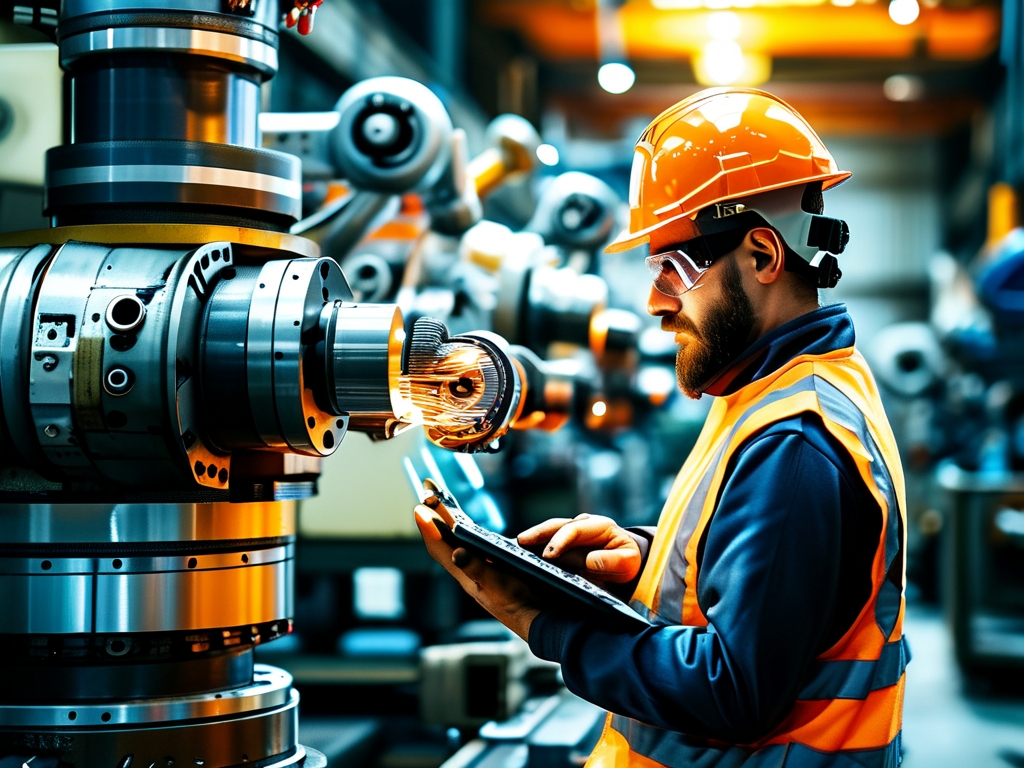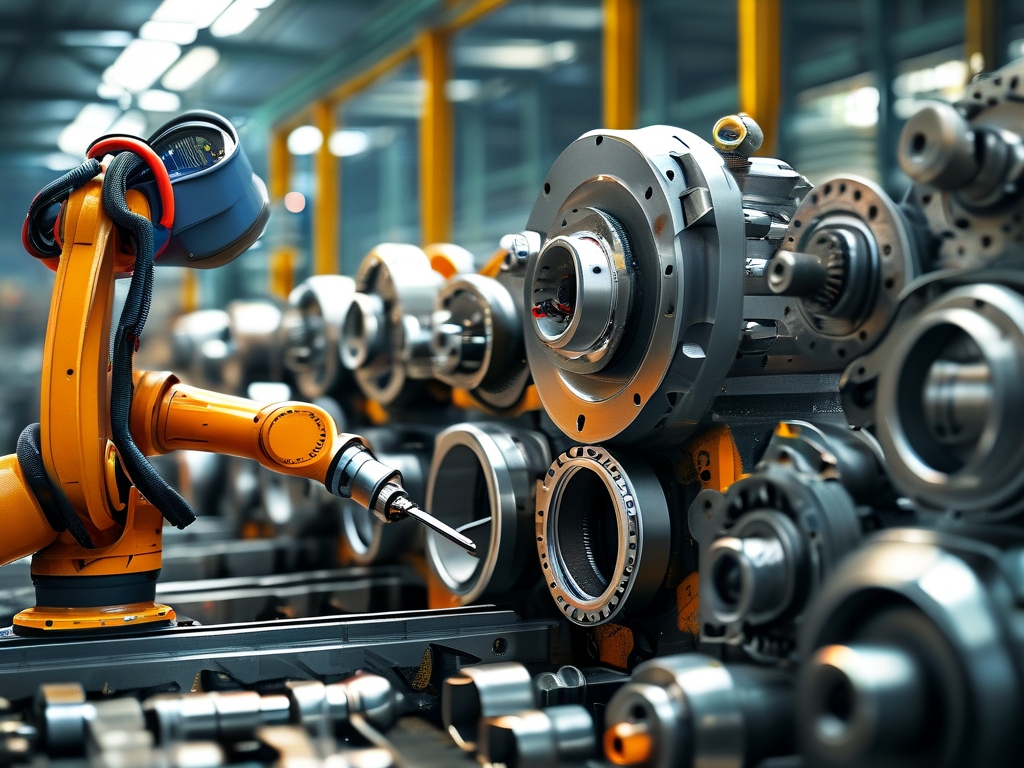The mechanical manufacturing industry, long regarded as a cornerstone of global industrialization, is undergoing a seismic shift driven by digital transformation, automation, and the integration of advanced technologies. In this evolving landscape, a critical question arises: Does mechanical manufacturing need system architects? To answer this, we must examine the growing complexity of modern manufacturing systems, the role of interdisciplinary collaboration, and the strategic value that system architects bring to the table.

The Evolution of Mechanical Manufacturing
Traditional mechanical manufacturing focused on standalone machinery, linear production lines, and siloed engineering disciplines. Engineers specialized in mechanical design, electrical systems, or software development operated independently, with limited cross-functional integration. However, the rise of Industry 4.0, smart factories, and cyber-physical systems has blurred these boundaries. Today’s manufacturing ecosystems combine robotics, IoT sensors, AI-driven analytics, cloud computing, and human-machine interfaces into interconnected networks. These systems demand holistic oversight to ensure compatibility, scalability, and efficiency—a challenge that traditional engineering roles alone cannot address.
What Is a System Architect?
A system architect is a professional responsible for designing and managing complex systems by aligning technical components with organizational goals. In software and IT, this role is well-established, ensuring that databases, APIs, and user interfaces work cohesively. In mechanical manufacturing, a system architect’s role expands to include:
- Integrating Hardware and Software: Bridging mechanical components with embedded software and IoT connectivity.
- Optimizing Workflows: Designing production lines that balance automation, human labor, and real-time data exchange.
- Ensuring Scalability: Creating modular systems that adapt to evolving technologies, such as additive manufacturing or digital twins.
- Mitigating Risks: Identifying vulnerabilities in interconnected systems, from supply chain disruptions to cybersecurity threats.
Why Mechanical Manufacturing Needs System Architects
1. Complexity of Modern Systems
A single manufacturing plant today might involve robotic arms guided by machine learning algorithms, predictive maintenance systems powered by IoT sensors, and ERP software managing global supply chains. Without a system architect, these components risk operating in isolation, leading to inefficiencies, data bottlenecks, or compatibility issues. For example, a poorly integrated AI model could misinterpret sensor data, causing costly production delays. A system architect ensures seamless interoperability.
2. Interdisciplinary Collaboration
Mechanical manufacturing now intersects with fields like data science, cybersecurity, and sustainability. System architects act as translators between mechanical engineers, software developers, and business strategists. Consider the development of an electric vehicle (EV) production line: mechanical engineers design the chassis, software teams code autonomous driving systems, and sustainability experts focus on battery recycling. A system architect harmonizes these efforts, ensuring the final product meets technical, environmental, and market demands.
3. Cost and Time Efficiency
System architects optimize resource allocation. By designing modular architectures, they enable manufacturers to upgrade individual components without overhauling entire systems. For instance, retrofitting legacy machinery with IoT sensors becomes feasible when the broader system is designed for scalability. This approach reduces downtime and capital expenditure. A case study from a German automotive manufacturer revealed that employing system architects cut factory retrofitting costs by 22% and accelerated time-to-market by 15%.
4. Innovation and Future-Proofing
As technologies like quantum computing, generative AI, and advanced materials emerge, manufacturers must stay ahead of disruptions. System architects anticipate trends and design adaptable frameworks. For example, a system architect might advocate for a digital twin—a virtual replica of a production line—to simulate scenarios like energy consumption spikes or supply chain bottlenecks. This proactive strategy fosters innovation while minimizing risks.
Challenges in Adopting System Architecture
Despite its benefits, integrating system architects into mechanical manufacturing faces hurdles:
- Cultural Resistance: Traditional engineers may perceive system architects as encroaching on their domain.
- Skill Gaps: Few professionals possess hybrid expertise in mechanical engineering, software, and systems thinking.
- Cost Concerns: Smaller manufacturers may hesitate to invest in a role perceived as abstract or non-essential.
To overcome these challenges, industries must prioritize cross-disciplinary training and demonstrate the ROI of system architecture through pilot projects. Universities and vocational programs should also develop curricula blending mechanical engineering with systems design.
Case Study: The Role of System Architects in Aerospace Manufacturing
Aerospace manufacturing exemplifies the need for system architects. Modern aircraft, such as Boeing’s 787 Dreamliner, rely on composite materials, fly-by-wire systems, and real-time health monitoring. During the Dreamliner’s development, system architects coordinated efforts between material scientists, avionics engineers, and software developers. They ensured that lightweight composites did not interfere with electrical systems and that data from 10,000+ sensors was processed efficiently. The result? A 20% improvement in fuel efficiency and a 30% reduction in maintenance costs.
The Future of System Architects in Manufacturing
By 2030, the global smart manufacturing market is projected to exceed $720 billion. As factories embrace AI, 5G, and edge computing, system architects will become indispensable. Their ability to balance technical precision with strategic vision will define competitive advantage. Governments and industry consortia are already recognizing this: the EU’s “Horizon Europe” program funds projects emphasizing system-level innovation, while companies like Siemens and General Electric have established dedicated system architecture teams.
The question is not whether mechanical manufacturing needs system architects—it is how quickly the industry can embrace them. As manufacturing systems grow in complexity and connectivity, the absence of system architects will lead to fragmented operations, missed opportunities, and vulnerabilities. By investing in this role, manufacturers can unlock efficiency, innovation, and resilience in an era of unprecedented technological change. The future of mechanical manufacturing isn’t just about better machines; it’s about better systems.









